Many of us are familiar with the story of Jesse Owens (1913-1980) winning four gold medals at the 1936 Summer Olympics held in Berlin. Adolph Hitler was in the stands and watched Jesse and his teammates beat out German athletes in various track and field events. After watching African Americans step up to the victor’s stand on day one, Hitler refused to shake hands with anyone other than a German. Told it was all or nothing ⏤ he had to either shake everyone’s hand or no one ⏤ Hitler chose the latter. So, every day before the award ceremonies began, Hitler left the stadium. Watch the video clip “Jesse Owens at the Berlin Olympics” in 1936 here.
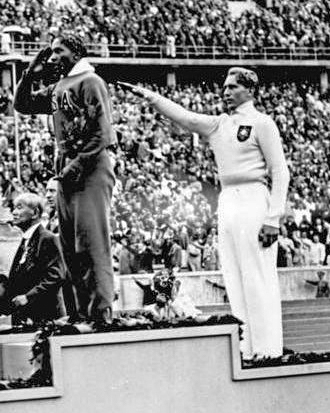
This is only one of many stories which took place in the latter part of the 1930s when German athletes competed against African Americans in sports such as boxing (Schmeling vs. Louis) and track and field (Owens and others). It was a time when German nationalism was on the rise and Hitler was promoting his master-race theories.
It wasn’t only African American athletes who were embarrassing Hitler and his regime. In the late 1930s, motorsports took on the Führer and won. Two Formula One (F1) race car drivers, a Jewish Frenchman and an American woman, financed, built, and raced cars to compete with the Nazis’ Mercedes-Benz team and they beat Hitler at his own game.
Did You Know?
Did you know that Yad Vashem has awarded the title of “Righteous Among the Nations” to more than 27,000 men and women and only five Americans are included? Yad Vashem awarded the honor to the fifth American on 15 February 2015. Yad Vashem is the World Holocaust Remembrance Center located in Jerusalem and is considered Israel’s official memorial to the victims of the Shoah or, Holocaust. “Righteous Among the Nations” is awarded to Gentiles (non-Jews) who risked their lives, liberty, or positions to save Jews during the Holocaust. There are very stringent requirements that must be met before a person is awarded this honor. One of these requirements is the testimonials from people who were saved or had first-hand knowledge.
Master Sergeant Roddie Edmonds (1919-1985) was the fifth American to be named “Righteous Among the Nations.” M/Sgt. Edmonds is the only active serviceman during World War II to have received the honor albeit on a posthumous basis. Like so many other returning soldiers, Mr. Edmonds never talked about his wartime experiences with his family. It wasn’t until his son, Chris Edmonds, was given his father’s diary that the truth came out. This began a quest to locate some of the people his father saved.
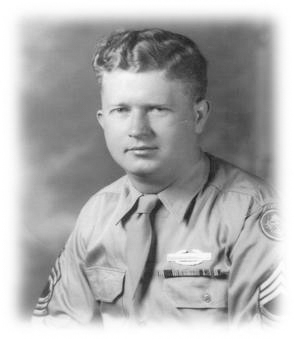
M/Sgt. Edmonds was a well-respected infantryman who was part of the 106th Infantry Division which fought in the Battle of the Bulge. Sgt. Edmonds was captured during the battle and ended up as the senior non-commissioned officer at Stalag IX-A. One day, the camp commandant ordered Sgt. Edmonds to have all Jewish men present themselves the next morning. By late 1944, it was well-known what the fate of Jews were under the Nazis. In the morning, Sgt. Edmonds had every man report, Jews and non-Jews alike. The commandant was furious and reiterated his order. Sgt. Edmonds replied, “We are all Jews here.” The German officer’s response was to pull out his Luger pistol and press the barrel between the sergeant’s eyes and threatened to shoot him if he did not identify the Jews. Sgt. Edmonds responded, “According to the Geneva Convention, we have to give only our name, rank, and serial number. Major, you will have to shoot all of us because we all know who you are, this war will soon be over, and you will be a war criminal.” The gun went back into its holster and the POWs were never harassed again. General Patton’s troops eventually liberated the POW camp and found every one of Sgt. Edmonds’s men alive. M/Sgt. Edmonds had saved the lives of two hundred Jews from deportation and certain death at the peril of his own life.
Lucy O’Reilly Schell
Lucy O’Reilly Schell (1896-1952) was the daughter of a wealthy Irish American industrialist and a French woman. Born outside Paris, Lucy volunteered as a nurse during World War I. Her father was involved in automobile racing and she married an American race car driver, Lawrence “Laury” Schell (1895-1939). The two of them became well-known during the inter-war period (i.e., the years between the two world wars) for not only driving but financing competitive race cars. Lucy raced in several grand prix but concentrated primarily on car rallies such as the prestigious Monte Carlo Rally.
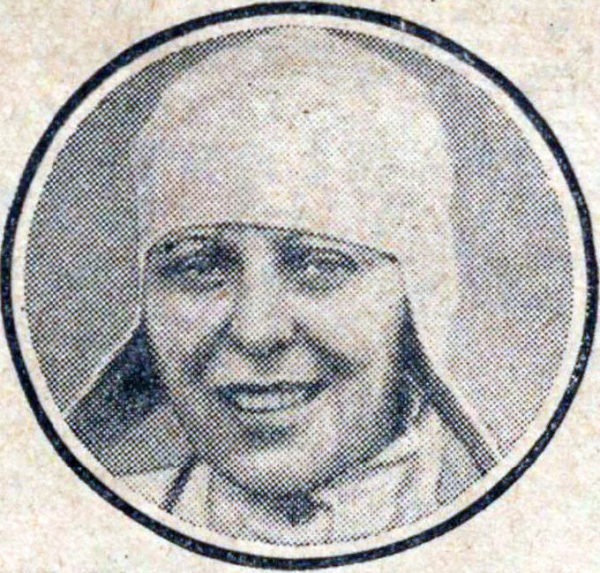
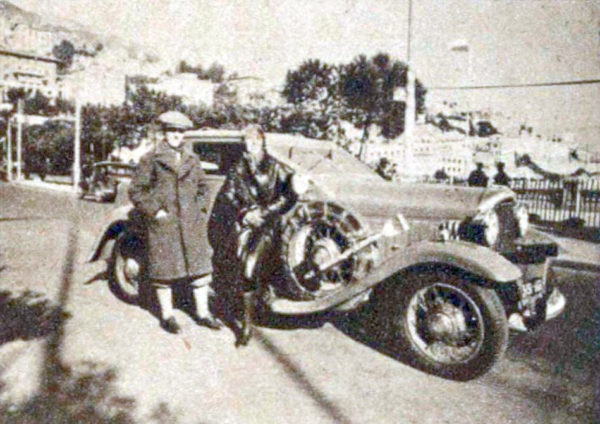
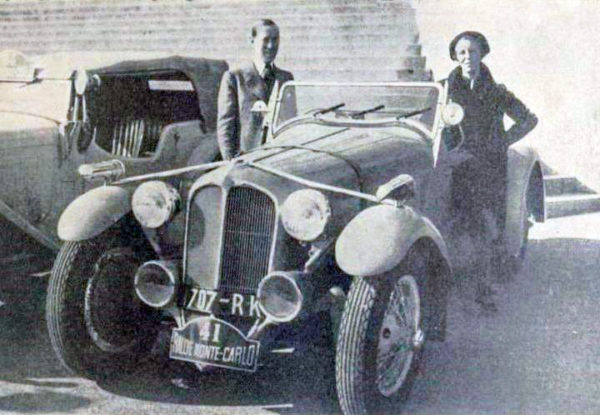
As a driver, Lucy’s most successful year was 1928 when she took sixth place in the Grand Prix de la Marne and a win in the Coupe de Burgoyne voiturette race, both times driving a Bugatti. Throughout these years, Lucy could depend on her father’s wealth to finance her racing activities. He died in 1936 leaving her a multi-million-dollar inheritance which continued to finance not only her racing activities but also later, her son.
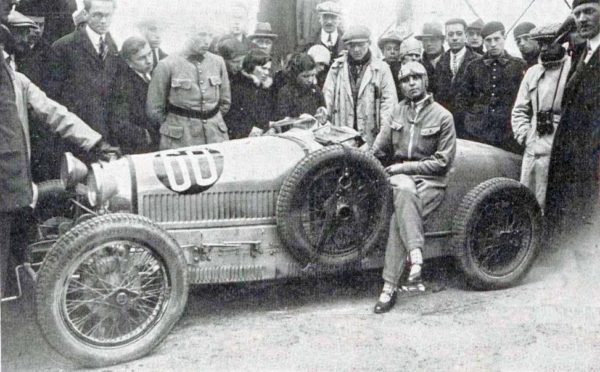
Écurie Bleue
Following the Schell’s 1938 agreement with Delahayes for building them a customized race car, they formed the Écurie Bleue or, Blue Stable racing team. Up to that point, race car teams were owned by the car manufacturers. A privately held team with a car built by a truck manufacturer undoubtedly drew some chuckles from the other drivers and in particular, the Germans and Italians. That is, until Écurie Bleue’s car and driver, René Dreyfus, began beating the Mercedes-Benz, Bugatti, and Maserati race cars.
René Dreyfus
René Dreyfus (1905-1993) was a French race car driver who happened to be Jewish. He learned to drive at the age of nine and became one of the premier grand prix drivers during the 1920s and 1930s.
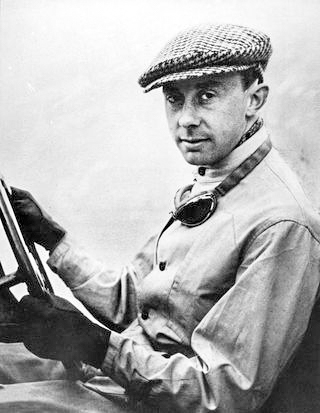
Dreyfus drove an assortment of cars including Maseratis, Ferraris, Delahayes, and Bugattis while winning thirty-six races including Monaco, Belgium, and most importantly, the 1938 Pau Grand Prix. His first professional race was the inaugural Grand Prix of Monaco in 1929. He lost to William Grover-Williams (click here to read the blog, Racer, Spy, and the Erotic Model) however, in next year’s race, Dreyfus took the checkered flag driving a Bugatti.
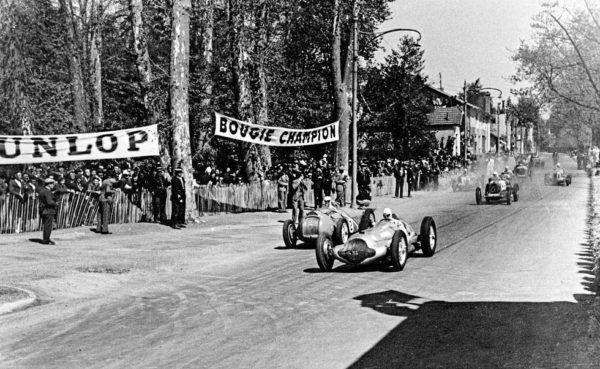
By the mid-1930s, grand prix racing had become one of Hitler’s obsessions for proving the superiority of the German race. Dreyfus would become a worthy opponent to Hitler’s drivers. However, like Jesse Owens, Dreyfus was not on the Nazis’ approved racial profile and rides with Mercedes-Benz, Alfa Romero, and Maserati were now closed to him. Not to worry as he immediately found a patron car owner: Lucy and Laury Schell. Click here to watch a video clip of the 1930 Monaco Grand Prix.
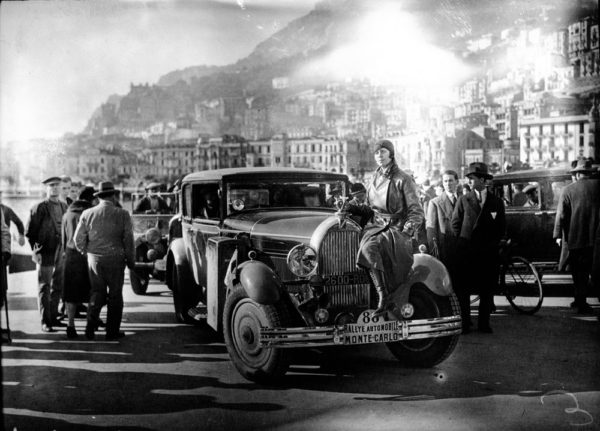
Years Leading Up To World War II
The German nationalist agenda saw Hitler and the Nazi party take over the Mercedes-Benz and Auto Union racing teams. A paramilitary organization, The National Socialist Motor Corps (NSKK), was responsible for the transportation needs of Nazi officials as well as training drivers. Under Adolf Hühnlein (1881-1942), the NSKK also developed Nazi Motorsport to run the two racing teams. With Nazi support, the German drivers and cars quickly became the favorites to win any European grand prix. Their top drivers were Rudolf (“Rudi”) Caracciola (1901-1959) and Hermann Lang (1909-1987) as well as Bernd Rosemeyer (1909-1938) and Hans Stuck (1900-1978). Most of the top European drivers wanted to drive for Mercedes-Benz as those cars were acknowledged to be the best and the teams had unlimited budgets. However, that option was not available to Dreyfus. He was Jewish. Click here to watch the video clip German Motorsports in the 1930’s.
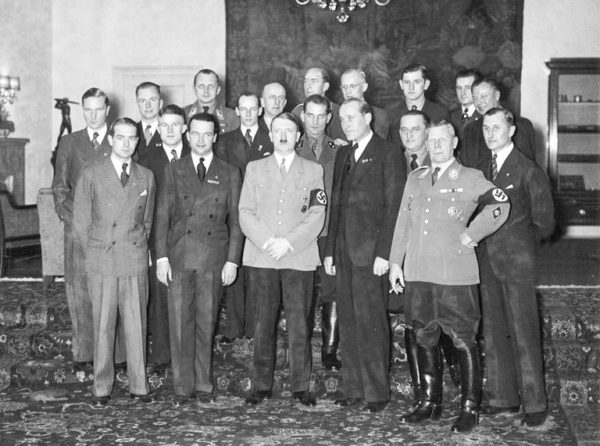
When Lucy decided to form her own race team in 1937, her goal was to show the world Hitler wasn’t invincible. She also wanted to compete in a “man’s world.” Despite driving Bugattis and others, Lucy decided to go with a small truck manufacturer named Delahaye. Lucy had the owner build a car to her specifications and it became known as the Delahaye 145. She also recruited a driver who couldn’t get a ride with anyone else because he was Jewish ⏤ René Dreyfus. The first Delahaye 145 was entered in the Fonds de Course competition. Reaching a record speed over two hundred kilometers per hour, Écurie Bleue won the million-franc prize and Lucy painted the famous white and red angled line on the car to celebrate the victory. Lucy knew they had a competitive car to take on the Germans. Click here to watch the video clip “Million Franc” Delahaye.
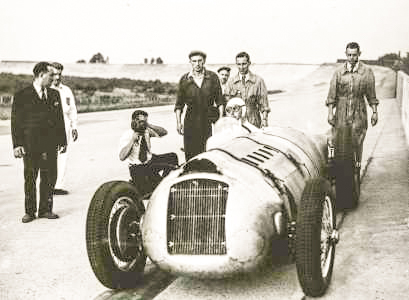
A successor Delahaye car was never fully developed. So, Écurie Bleue purchased two Maserati 8CTFs. Shortly afterward, Laury Schell was killed in a non-racing road accident in October 1939. While Lucy was devastated, she continued to run the racing team but changed the name to Écurie Lucy O’Reilly Schell. She shipped the two Maseratis to America to qualify for the Indinapolis 500 in May 1940.
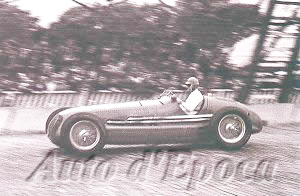
1938 Pau Grand Prix
The 1938 Pau Grand Prix was held on 10 April at the Pau circuit located in France near the Spanish border. It was an ideal day for a car race. The course is shorter compared to others including the German track at Nürburgring. The number of spectators was immense, and they were all there to watch France versus Germany and Hitler. But the real road competition boiled down to Dreyfus versus Caracciola/Lang and Delahaye versus Mercedes-Benz.
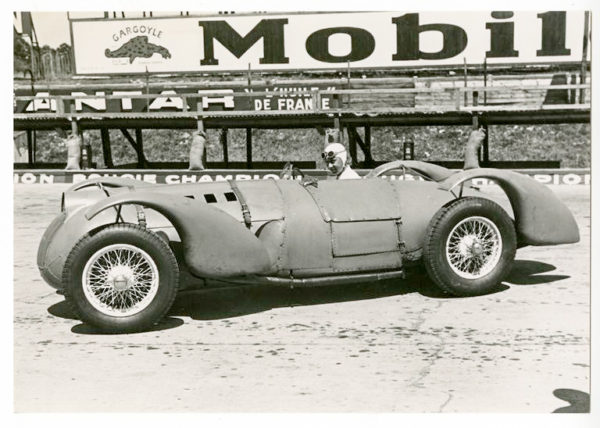
For Lucy, the mission was to upstage the Nazis by winning. For René Dreyfus, this race was more than just winning a road race. It was about beating the Fascist anti-Semitic regime and its hatred of Jews.
René Dreyfus and Écurie Bleue won the race driving the Delahaye 145. The runners-up were Hitler’s drivers, Rudi Caracciola and Hermann Lang, driving a Mercedes-Benz Silver Arrow W154. Dreyfus was able to beat the more powerful Mercedes-Benz by relying on superior fuel economy, a tactic he had pioneered years earlier. Click here to watch the video clip of Grand Prix de Pau.
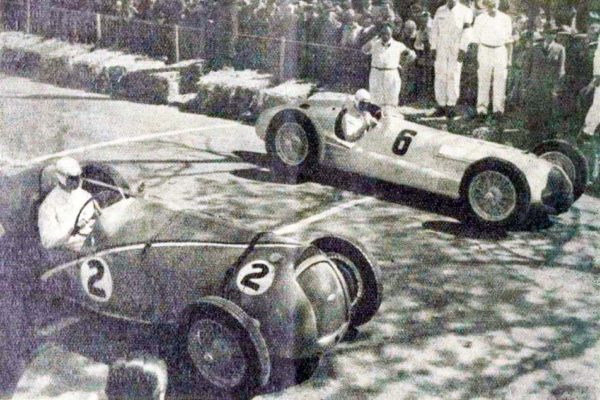
The win by Dreyfus was devastating to the Nazis psyche. I imagine Caracciola and Lang found it difficult explaining to their Führer why they lost. Thirteen days later, Hitler boycotted the Cork, Ireland grand prix where Dreyfus won his second grand prix race of the year.
So, much like Jesse Owens two years earlier, Dreyfus embarrassed Hitler and his master race and in the process, became a French hero.
World War II
Dreyfus joined the French Army as a truck driver. In 1940, he was sent to America by the French government for the purpose of representing France in the Indianapolis 500 race. Wilbur Shaw, driving a Boyle Special Maserati, had won the race the year earlier. Dreyfus tried to qualify one of Lucy’s Maseratis for the 1940 race, but the car was disqualified after being flagged and penalized for numerous violations. It seems American racing rules were different than those in Europe and Dreyfus had failed to learn them or didn’t care. René Le Begue drove the other Maserati for Écurie Bleue. Dreyfus and Le Begue shared driving responsibilities during the 500 and ultimately finished tenth. After the race, Lucy sold both cars to Lou Moore who had them rebranded.
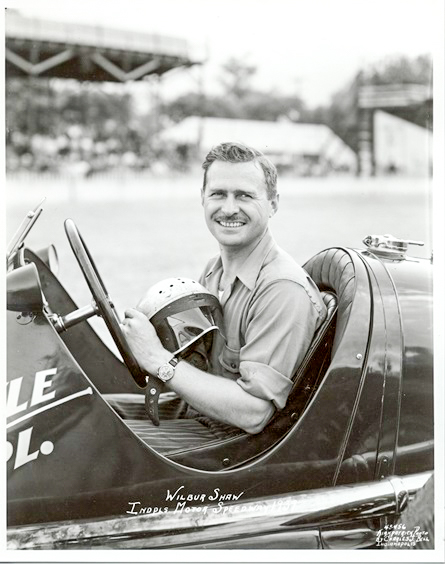
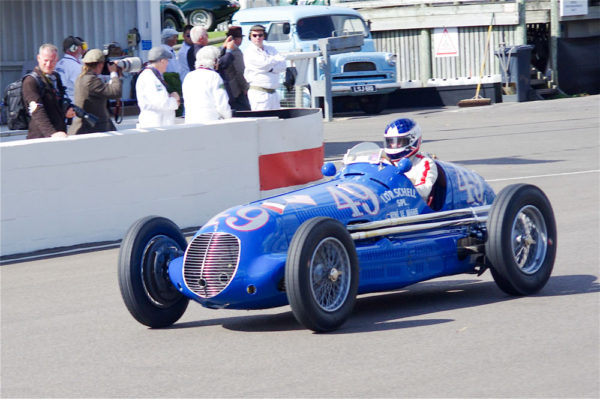
Within a month, the Nazis had overrun and occupied France. Dreyfus did not return to France and opened a French restaurant in New York City. In 1942, he enlisted in the United States Army and served in Europe as an interrogator.
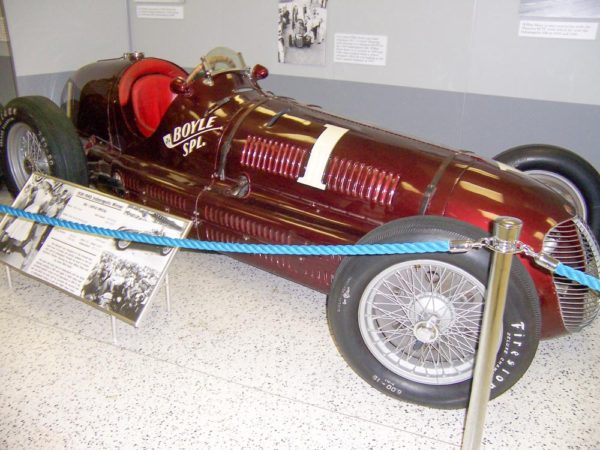
Post World War II
After the war, Dreyfus became an American citizen (with Lucy’s help) and continued to race. He drove in the 1952 24-Hours of Le Mans and his last race was the 12-Hours of Sebring. In 1980, Dreyfus was honored at Monaco for the fiftieth anniversary of his win and the same year, he served as Grand Marshal for the United States Grand Prix at Watkins Glen. Dreyfus and his brother owned the famous Manhattan restaurant, Le Chanticlair. As late as the 1980s, Dreyfus drove in the celebrities’ race supporting the Long Beach Grand Prix.
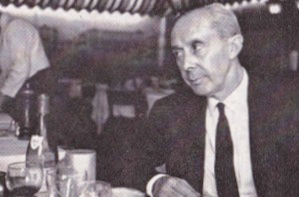
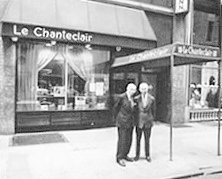
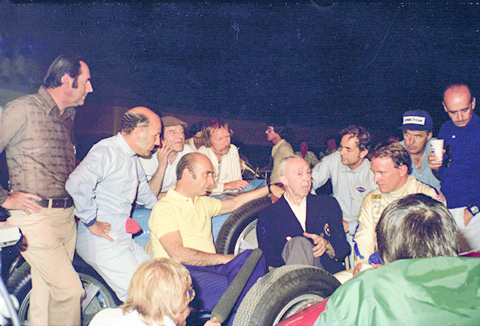
Lucy and Laury had two children, Henry (“Harry”) O’Reilly Schell (1921-1960) and Philip (1923-1991?). Growing up in an automobile racing family, Harry became a F1 driver. The highlight of his career was a second-place finish in the 1958 Dutch Grand Prix. At the age of thirty-eight, Harry was killed in a racing accident on 13 May 1960 at Silverstone Circuit in England. Click here to learn more about Harry Schell.
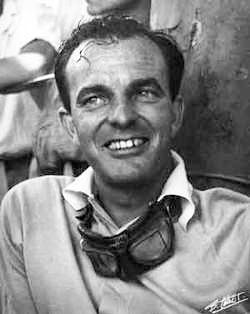
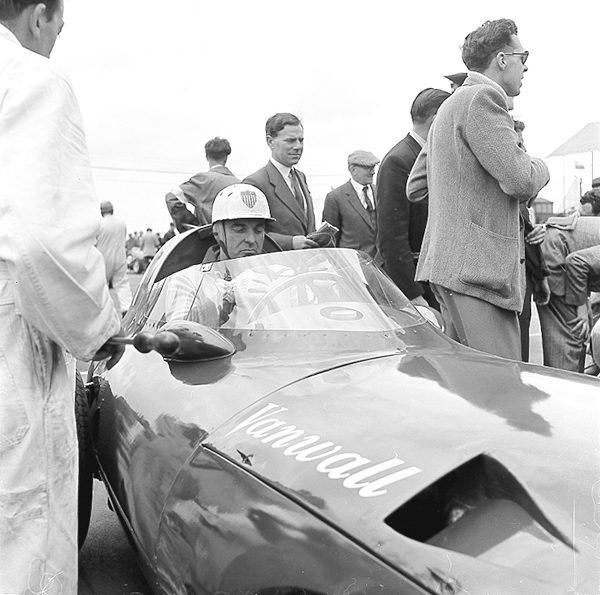
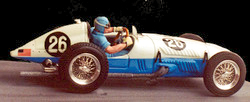
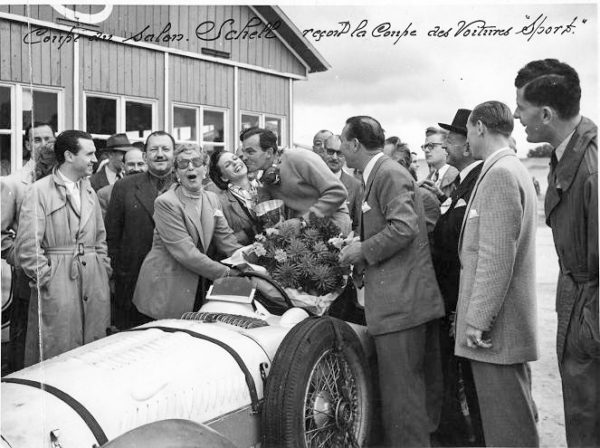
Lucy passed away in Monte Carlo, Monaco as a result of heart failure. She was interned at the Monte-Carlo Cemetery, but her remains were later moved to the cemetery in Brunoy, France (Tomb 314) to be with Laury and later, their two sons.
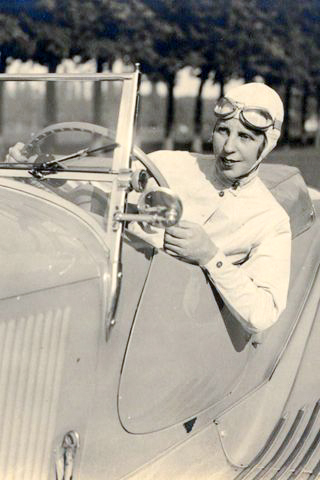
Where are the four Delahaye 145s today? Three of them are owned by Peter Mullin, a premier collector of French cars. The fourth and probably the Pau Grand Prix and Million Franc winner is owned by a respected classic car collector, Sam Mann.
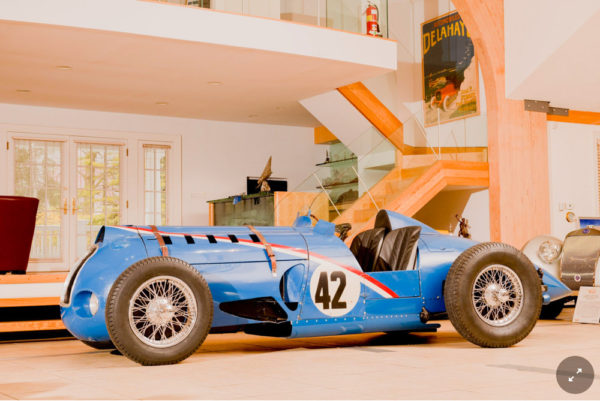
✭ ✭ ★ Learn More About Lucy O’Reilly Schell ✭ ★ ★
Bascomb, Neal. Faster: How a Jewish Driver, an American Heiress, and a Legendary Car Beat Hitler’s Best. Boston: Houghton Mifflin Harcourt, 2020.
Dreyfus, Réne with Beverly Rae Kimes. Foreword by Walter Cronkite. My Two Lives: Race Driver to Restauranteur. Tucson, AZ: Aztex Corp., 1983.
Disclaimer
There may be a chance that after we publish this particular blog, the video links associated with the blog are no longer accessible. We have no control over this. Many times, whoever posts the video has done so without the consent of the video’s owner. In some cases, it is likely that the content is deemed unsuitable by YouTube. We apologize if you have tried to access the link and you don’t get the expected results.
Update On Our New Book
I guess if we look back over the past three months and try and find a positive coming out of it, I suppose it would be that many of us had the time to start (or continue or finish) projects which we’ve been putting off. I’m a great example.
I stuck my nose to the grindstone and created enough blogs to carry me through September. What that has allowed me to do is concentrate on finishing our new book, Where Did They Put the Gestapo Headquarters? A Walking Tour of Nazi Occupied Paris (1940-1944). The subtitles to each volume are The False War and Vichy and Deportations and Liberation. So, I wanted to give you an update today as to my progress.
There are five walks and four Métro walks. The walks will take you to Montmartre, “The Street of Horrors,” “Paris by Night,” and “Avenue Boche.” Métro walks (i.e., places that are not easily accessed by foot) include Fort Mont-Valérien, Mémorial de la Shoah, and the Liberation Museum (recently relocated to the Paris Catacombs).
I am making substantial progress on Volume One and hopefully, it will be published in time for the December holidays. I’m targeting the end of August to have the manuscript ready to turn over to Dimples, my editor. Once I’m confident there won’t be any further changes to the walks, I will turn the walks over to Habib and Tom of Locomotion Creative. Tom creates the maps of all the walks which are included in the books. The third parallel path I take at that point will be the selection of images to be used in the book. While that process is a lot of fun, it is a somewhat daunting task (and expensive ⏤ image rights are not cheap).
I’m excited to be able to report the progress we’re making and being able to give you some realistic time frames. As we get closer and have a pretty good idea of a publication date, I will make the announcement that we’ll take advance orders for Volume One.
What’s New With Sandy and Stew?
Well, we decided to venture out in the world two weeks ago. No, I don’t mean just down to the neighborhood grocery store or barbershop. We put our masks on and went to Iowa to see family. Our “test flight” and “test hotel room” experience went very well. After returning, we decided to try it again in August but this time, to California. Unfortunately, California and our home state of Florida are experiencing setbacks in the fight against COVID. So, we’re kind of on the bubble as to making that trip. Not to worry. My “Iowa” grandson (seven-years-old) taught me to play a Nintendo Switch game. I could never beat the little bugger at Mario Kart (I did come in second many times). We now own the Nintendo Switch and Mario Kart. Instead of going to California, I’m going to practice up so I can beat the kid at his own game.
Thank you to all of you who subscribe to our bi-weekly blogs. It seems there isn’t a day that goes by where we don’t increase our readership. Please let your history buff friends and family members know about our blogs.
Someone Is Commenting On Our Blogs
I’d like to thank Pat V. for contacting me after reading our recent blog, Thirty-Six Days and Counting (click here to read). Pat’s father was one of the 168 downed Allied airmen captured by the Gestapo in Paris. He was on the last convoy to leave Paris on 15 August 1944 headed to Buchenwald concentration camp where these men were scheduled to be executed (click here to read The Last Train Out of Paris ⏤ an expanded updated version will be posted on 29 August 2020). Her question to me was whether I had any information on the Belgium traitor who turned these men over to the Gestapo. I did some research and it will be included in the 29 August blog.
Her father, Stanley, is still alive and living in England. I thought it might be worthwhile introducing them to my friend, Roland K., who is a producer/director for the BBC and specializes in documentaries. On-going discussions are currently being held and I’m hopeful that Stan will be the guest of honor at a future premier of the new documentary.
If there is a topic you’d like to see a blog written about, please don’t hesitate to contact me. I love hearing from you so keep those comments coming.
Thank you to all of you who subscribe to our bi-weekly blogs. It seems there isn’t a day that goes by where we don’t increase our readership. Please let your history buff friends and family members know about our blogs.
If there is a topic you’d like to see a blog written about, please don’t hesitate to contact me. I love hearing from you so keep those comments coming.
Why Would You Want To Buy Our “Walks Through History” Books?
Simple.
You like to travel and experience history and historical events. You like to see original buildings that had a significant impact on the people and events of the history you’re engaged with. You want to know the stories behind the brick and mortar in front of you.
The walking tour books are meticulously researched so you can go directly to those sites and learn about the building’s history as well as an introduction to some of the more interesting people associated with it.
We Need Your Help
Please tell your friends about our blog site and encourage them to visit and subscribe. Sandy and I are trying to increase our audience and we need your help through your friends and social media followers.
Thank You
Sandy and I appreciate you visiting with us. We have some exciting things on the horizon and we’ll keep you updated as we go along.
Share This:
Follow Stew:
Find Stew’s books on Amazon and iBooks.
Please note that we do not and will not take compensation from individuals or companies mentioned or promoted in the blogs.
 Walks Through History
Walks Through History
Copyright ©2020 Stew Ross

